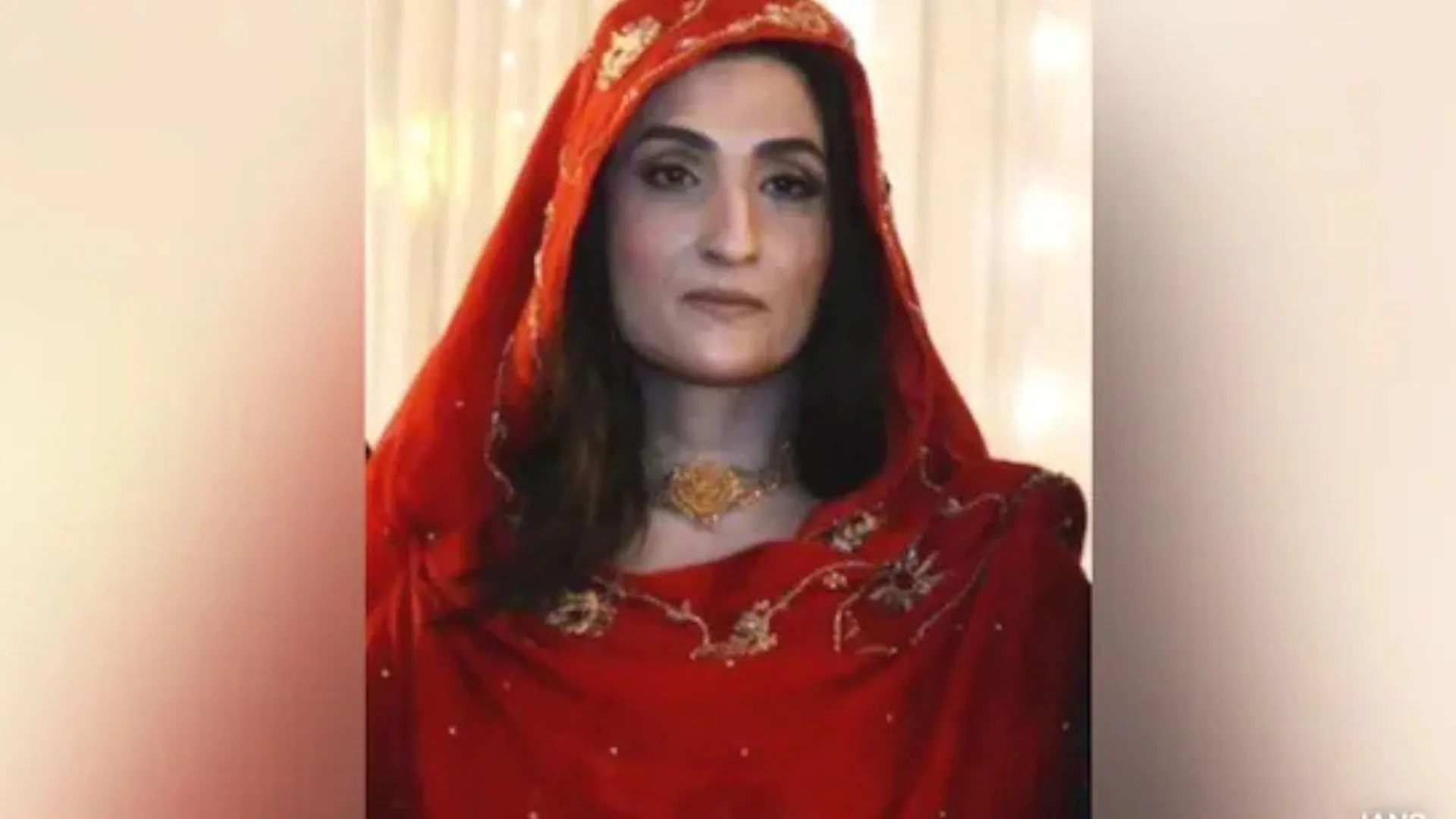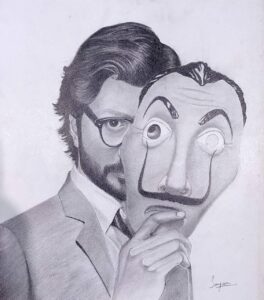They say one picture is worth a thousand words. A single image can sometimes convey a strong message or idea more effectively than a long passage of text or spoken words. A picture can be used to quickly convey a thought, emotion, or story, and sometimes a single image can speak louder than words.
A premise that empowers art, visuals, and creativity at a magnanimous level. Book illustration, a form of art, has been used for centuries to help tell stories, enhance books, and inform readers. Its scope of in the industry is broad and continually evolving. With the advent of digital publishing, artists can now produce illustrations with a wide range of media, from traditional mediums like painting and drawing to digital media like 3D rendering and vector art.
Book illustrations can be used to add visual interest to an otherwise text-heavy book, allowing for a more immersive reading experience. It can also be used to add a sense of realism or atmosphere to a story by depicting characters, settings, and events. In some cases, book illustration can even be used to convey information that would otherwise need to be presented in a more abstract form. The possibilities for book illustration are endless, and the industry is always striving to push the boundaries of creativity.
Simply put, the scope of art, book illustration, and cartooning has increased exponentially over the past few years. With the rise of digital art, it has become much easier for anyone, no matter their age, to learn how to hone their skills and build a successful career in the field. By immersing oneself in art and culture, individuals can gain a deeper understanding of their creative identity.
It’s no wonder that art, book illustration, and cartooning are becoming more popular career paths, especially among younger generations. Not only do these creative endeavours provide an opportunity to express oneself, but they also allow individuals to connect with one another, sparking conversations and ideas about the world around them. Furthermore, these artistic mediums provide an avenue for individuals to express their unique perspectives on life and current events.
Its impact on society in general is also quite significant. Art can be used as a form of social commentary, allowing creators to express their thoughts on current happenings in the world. Book illustration and cartooning can be used to engage readers in a story, inspiring them to continue reading and to think critically about the plot and characters. In addition to this, art, book illustration, and cartooning can be utilised to create a positive impact on the future of children. By creating stories and illustrations that are rich and vibrant, individuals can help nurture a child’s creative and imaginative spirit. For instance, there are so many characters, like Bhujo and Paheli in science textbooks in high school syllabuses, the Amul girl from a commercial perspective, the monkey and the crocodile from Panchtantra, etc., that have played a major role in shaping the minds of children, adults, and society at large.
“Our greatest natural resource is the minds of our children,” a famous quote by Walt Disney, greatly and righteously reflects on the significance of art and book illustration in today’s day and age.
The author is a director Shankar›s Academy of Art and Book Illustrations .







